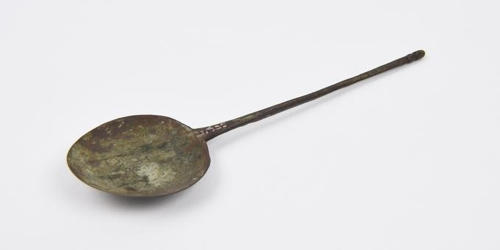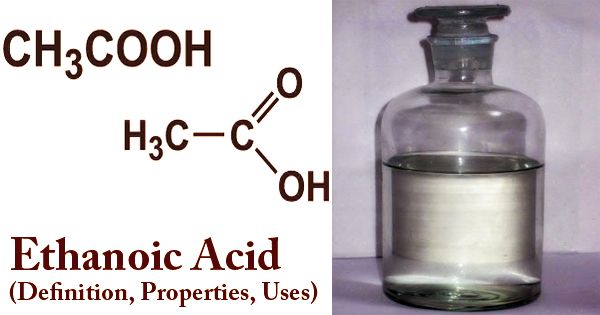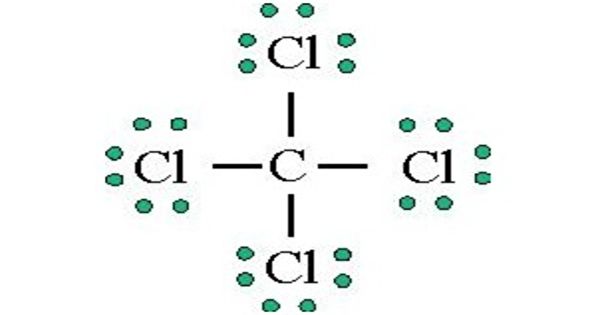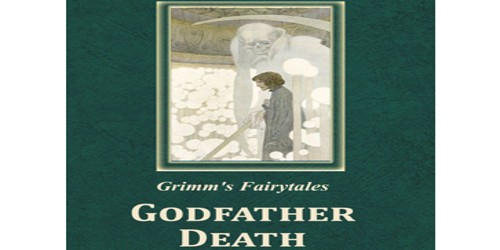Latten is an alloy of copper and zinc resembling brass, hammered into thin sheets, and used to make monumental brasses and church ornaments. The term latten referred loosely to the copper alloys such as brass or bronze that appeared in the Middle Ages and through to the late 18th and early 19th centuries. It is a brasslike alloy commonly made in thin sheets and formerly much used for church utensils. It was used for monumental brasses, in decorative effects on borders, rivets, or other details of metalwork, in livery and pilgrim badges or funerary effigies. Latten commonly contained varying amounts of copper, tin, zinc and lead, giving it characteristics of both brass and bronze.
Metalworkers commonly formed latten in thin sheets and used it to make church utensils. It is a yellow alloy identical to or resembling brass typically hammered into thin sheets and formerly much used for church utensils. The brass of this period is made through the calamine brass process, from copper and zinc ore. This calamine brass was generally manufactured as hammered sheet or “battery brass” (hammered by a “battery” of water-powered trip hammers) and cast brass was rare.

“Latten” also refers to a type of tin plating on iron, which is known as white latten; and black latten refers to laten-brass, which is brass milled into thin plates or sheets. It is an alloy of copper and zinc resembling brass, hammered into thin sheets, and used to make monumental brasses and church ornaments.
The term “latten” has also been used, rarely, to refer to lead alloys. It is an alloy of copper and tin, similar to bronze, with a sufficient portion of tin to make it a pewter-like color with a yellowish tinge, once used in thin sheets and for domestic utensils and light-duty tools. In general, metal in thin sheets is said to be latten such as gold latten; and lattens (plural) refers to metal sheets between 1/64″ and 1/32″ in thickness.
















